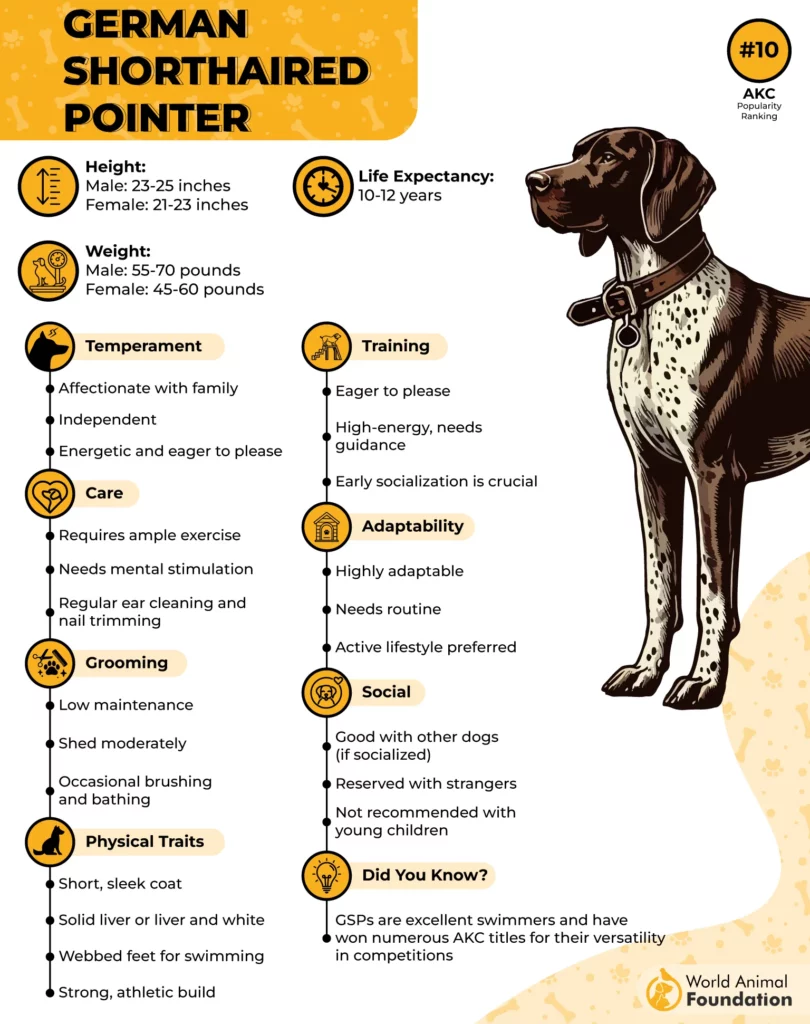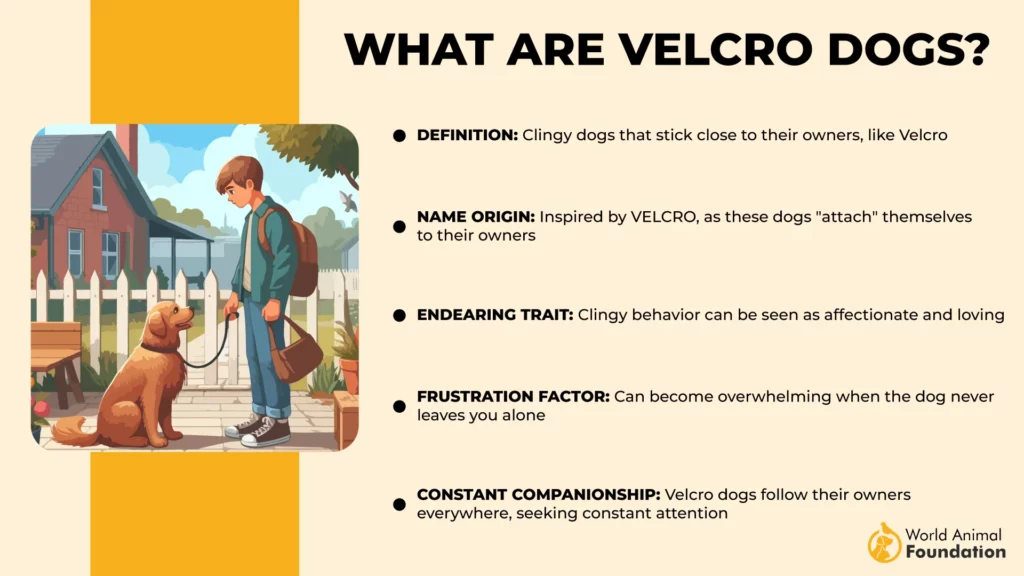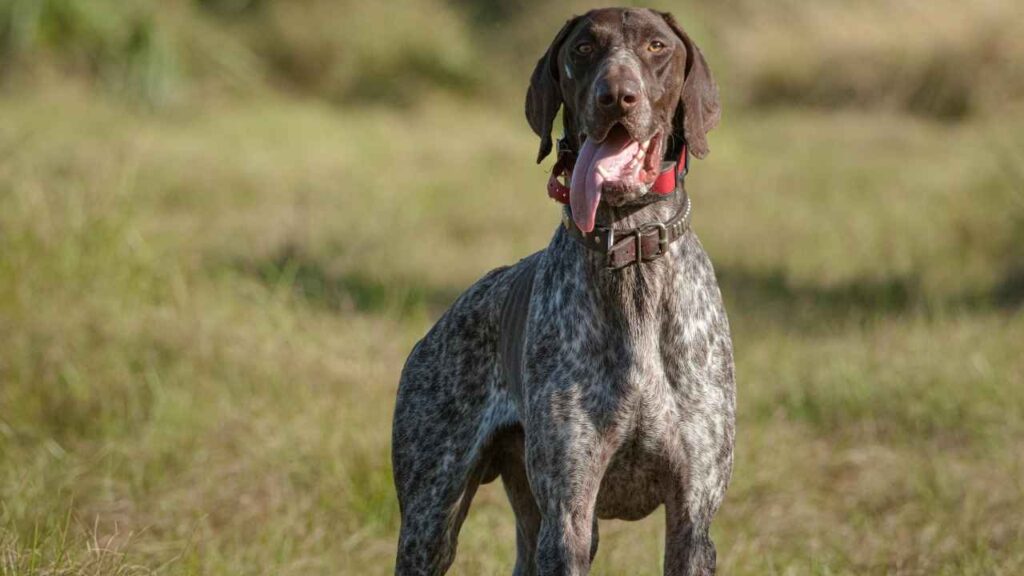When it comes to high-energy, intelligent, and affectionate sporting dogs, the Vizsla and the German Shorthaired Pointer (GSP) often top the list. These two breeds share an athletic build, a love for the great outdoors, and an instinct for hunting, but they also have key differences that make each one unique. So, which of these versatile canines is the better fit for you?
Both the Vizsla and GSP originated in Europe and were bred for hunting and retrieving, making them excellent companions for active individuals and families. While they may look similar at first glance, their personality traits, energy levels, and care needs differ in ways that can significantly impact your decision.
Are you looking for a velcro dog that sticks to you like glue, or would you prefer a more independent but loyal companion? Do you need a hunting partner or a running buddy who can keep up with your adventures? Understanding their differences will help you make the best choice for your lifestyle.
In this guide, we’ll break down the key differences between these two incredible breeds—from their size and history to their temperament, health, and lifespan. Let’s find out which of these athletic and affectionate breeds is the perfect match for you!
Vizsla vs. German Shorthaired Pointer
Vizsla vs. German Shorthaired Pointer: Size
When comparing size, the Vizsla and German Shorthaired Pointer are quite similar, but there are a few distinctions.
The Vizsla is a lean and muscular breed, as per WebMD, standing between 21 to 24 inches tall at the shoulder and weighing 45 to 65 pounds. They have an elegant yet athletic build, which makes them excellent running and hiking companions. Despite their slender appearance, they have impressive endurance and strength.

The German Shorthaired Pointer, on the other hand, is slightly larger and more robust as Orvis says. They typically range from 21 to 25 inches in height and weigh 50 to 70 pounds. Their broader chest and slightly heavier build give them a more powerful look, especially when compared to the sleek Vizsla.

Both breeds are highly active and require a lot of exercise, but their size difference might be a deciding factor for those with limited space. If you’re looking for a slightly lighter and more compact dog, the Vizsla is a great choice. However, if you prefer a dog with a bit more muscle and strength, the GSP is the way to go.
Vizsla vs. German Shorthaired Pointer: Ancestry and Lineage
The Vizsla and GSP both have rich European hunting backgrounds, but their origins set them apart.
PetMD mentions the Vizsla, also known as the Hungarian Pointer, has a lineage dating back over 1,000 years. Developed by Hungarian nobles, the Vizsla was bred to point, retrieve, and track game while staying close to its owner. This history explains why modern Vizslas are so loyal and affectionate, often earning them the nickname “Velcro dogs.”

The German Shorthaired Pointer, as the name suggests, was bred in Germany in the 19th century, as AKC says. The GSP was designed to be the ultimate all-purpose hunting dog, capable of tracking, pointing, retrieving, and even swimming to hunt waterfowl. This versatility made them highly sought-after by hunters and outdoor enthusiasts.
While both breeds excel in hunting and retrieving, the Vizsla’s history has made it more people-oriented. At the same time, a well bred GSP is known for its adaptability in different terrains and hunting styles.
Vizsla vs. German Shorthaired Pointer: Behavior and Temperament
Both breeds are affectionate, intelligent, and energetic, but their personalities have some differences that can influence your choice.
The Vizsla is highly affectionate and craves human companionship. They are often called “Velcro dogs” because they love to be close to their owners at all times. This makes them an excellent choice for families who want a loyal and cuddly pet. However, Vizslas can suffer from separation anxiety if left alone for long periods.

The German Shorthaired Pointer, while also affectionate, tends to be more independent than the Vizsla. Purina says male gsps are bold, confident, and highly intelligent dogs, making them great for experienced dog owners who can provide strong leadership. They bond deeply with their families but can be more reserved around strangers compared to the overly friendly Vizsla. However, you may need to provide them early socialization and positive reinforcement to mold their behavior.

If you’re looking for an extra-clingy, affectionate dog, the Vizsla is the better fit. If you prefer a more self-sufficient but still loyal companion, the GSP might be the right choice for you. Just find a well-reputed GSP breeder and you’ll get yourself an excellent dog for your home that will be playing fetch with you for hours.
Vizsla vs. German Shorthaired Pointer: Health and Well-being
Both breeds are generally healthy, but they have some breed-specific health concerns.
Vizslas are prone to:
Hip dysplasia
Epilepsy
Hypothyroidism
Allergies and skin sensitivities
German Shorthaired Pointers are prone to:
Hip dysplasia
Bloat (gastric torsion)
Heart conditions
Ear infections (due to floppy ears)
Since both breeds are high-energy dogs, they require a nutrient-rich diet, regular vet checkups, and plenty of exercise to stay in top shape. If you are getting your first dog, you need to be well-aware of the possible health issues the dog may have. Additionally, early health screenings and responsible breeding practices can help prevent many of these issues.

Vizsla vs. German Shorthaired Pointer: Lifespan
When it comes to lifespan, both breeds enjoy relatively long and healthy lives for medium-to-large dogs.
The Vizsla breed of dogs has an average lifespan of 12-15 years, while the breed GSP typically lives 10-14 years.

While both breed traits make them energetic and lively well into their senior years, proper diet, exercise, and routine veterinary care are required to help them reach the higher end of their lifespan range.
If longevity is a major factor in your decision, the Vizsla has a slight edge with its longer average lifespan.
Conclusion
Choosing between a Vizsla and a German Shorthaired Pointer comes down to your lifestyle, training experience, and personal preference. Both family dogs are loving, active, and intelligent, making them wonderful companions for the right owners.
Choose a Vizsla if you want a loyal, affectionate, and people-oriented “Velcro dog” who thrives on human companionship.
Choose a German Shorthaired Pointer if you prefer a slightly more independent, versatile hunting dog that excels in various outdoor activities.
Regardless of your choice, both of these dogs require plenty of exercise, proper socialization, mental stimulation, and affection to stay happy and well-behaved when compared to other dogs. Whether you’re an avid hunter, a marathon runner, or simply an active dog lover, both the Vizsla and the GSP will bring excitement, joy, and boundless energy into your life!


